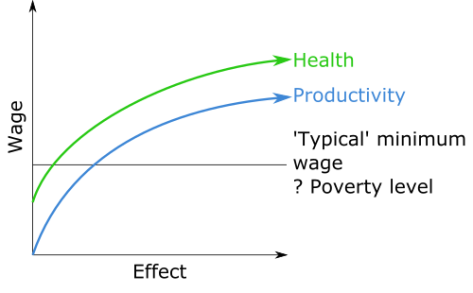Publication bias refers to a phenomenon by which research findings that are statistically significant or perceived to be interesting/desirable are more likely to be published, and vice versa.[1] The bias is a major threat to scientific integrity and can have major implications for patient welfare and resource allocation. Progress has been made over the years in raising awareness and minimising the occurrence of such bias in clinical research: pre-registration of trials has been made compulsory by editors of leading medical journals [2] and subsequently regulatory agencies. Evidence of a positive impact on the registration and reporting of findings from trials used to support drug licensing has started to emerge.[3,4] So can this issue be consigned to history now? Unfortunately the clear answer is no.
A recent systematic review showed that, despite a gradual improvement in the past two decades, the mean proportion of pre-registration among randomised controlled trials (RCTs) included in previous meta-epidemiological studies of trial registration only increased from 25% to 52% between 2005 to 2015.[5] A group of researchers led by Dr Ben Goldacre created the EU Trials Tracker (https://eu.trialstracker.net/), which utilises automation to facilitate the identification of trials that are due to report their findings but have not done so within the European Union Clinical Trials Register.[6] Their estimates show a similar picture that half of the trials that were completed have not reported their results. The findings of the Trial Tracker are presented in a league table that allows people to see which sponsors have the highest rate of unreported trials. You might suspect that pharmaceutical companies are likely to be the top offenders given the high profile cases of supressing drug trial data in the past. In fact the opposite is now true – major pharmaceutical companies are among the best compliers of trial reporting, whereas some of the universities and hospitals seem to have achieved fairly low reporting rates. While there may be practical issues and legitimate reasons behind the absence/delay in the report of findings for some of the studies, the bottom line is that making research findings available is a moral duty for researchers irrespective of funding sources, and with improved trial registration and enhanced power of data science, leaving research findings to perish and be forgotten in a file drawer/folder is neither an acceptable nor a feasible option.
With slow but steady progress in tackling publication bias in clinical research, you might wonder about health services research that is close to heart for our CLAHRC. Literature on publication bias in this field is scant, but we have been funded by the NIHR HS & DR Programme to explore the issue in the past two years and some interesting findings are emerging. Interested readers can access further details, including conference posters reporting our early findings, on our project website (warwick.ac.uk/publicationbias). We will share further results with News Blog readers in the near future, and in due course, publish them all!
— Yen-Fu Chen, Associate Professor
- Song F, Parekh S, Hooper L, et al. Dissemination and publication of research findings: an updated review of related biases. Health Technol Assess. 2010;14(8):1-193.
- Laine C, De Angelis C, Delamothe T, et al. Clinical trial registration: looking back and moving ahead. Ann Intern Med. 2007;147(4):275-7.
- Zou CX, Becker JE, Phillips AT, et al. Registration, results reporting, and publication bias of clinical trials supporting FDA approval of neuropsychiatric drugs before and after FDAAA: a retrospective cohort study. Trials. 2018;19(1):581.
- Phillips AT, Desai NR, Krumholz HM, Zou CX, Miller JE, Ross JS. Association of the FDA Amendment Act with trial registration, publication, and outcome reporting. Trials. 2017;18(1):333.
- Trinquart L, Dunn AG, Bourgeois FT. Registration of published randomized trials: a systematic review and meta-analysis. BMC Medicine. 2018;16(1):173.
- Goldacre B, DeVito NJ, Heneghan C, et al. Compliance with requirement to report results on the EU Clinical Trials Register: cohort study and web resource. BMJ. 2018;362:k3218.

